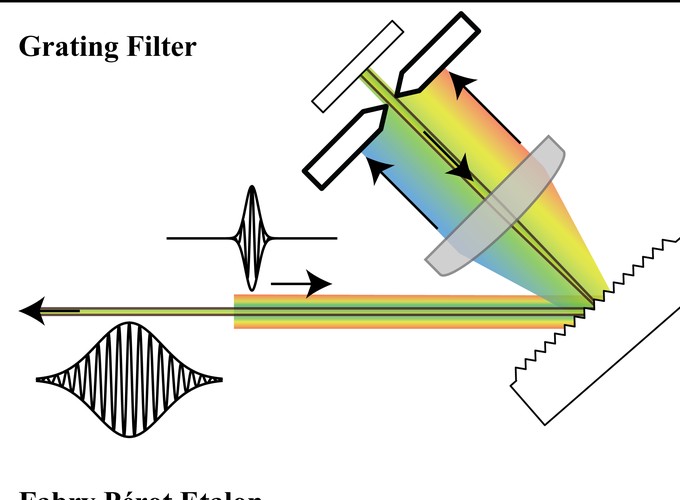

A comparison between a Fabry-Pérot etalon filter and a conventional grating filter for producing the picosecond (ps) Raman pump pulses for femtosecond stimulated Raman spectroscopy (FSRS) is presented. It is shown that for pulses of equal energy the etalon filter produces Raman signals twice as large as that of the grating filter while suppressing the electronically resonant background signal. The time asymmetric profile of the etalon-generated pulse is shown to be responsible for both of these observations. A theoretical discussion is presented which quantitatively supports this hypothesis. It is concluded that etalons are the ideal method for the generation of narrowband ps pulses for FSRS because of the optical simplicity, efficiency, improved FSRS intensity and reduced backgrounds.